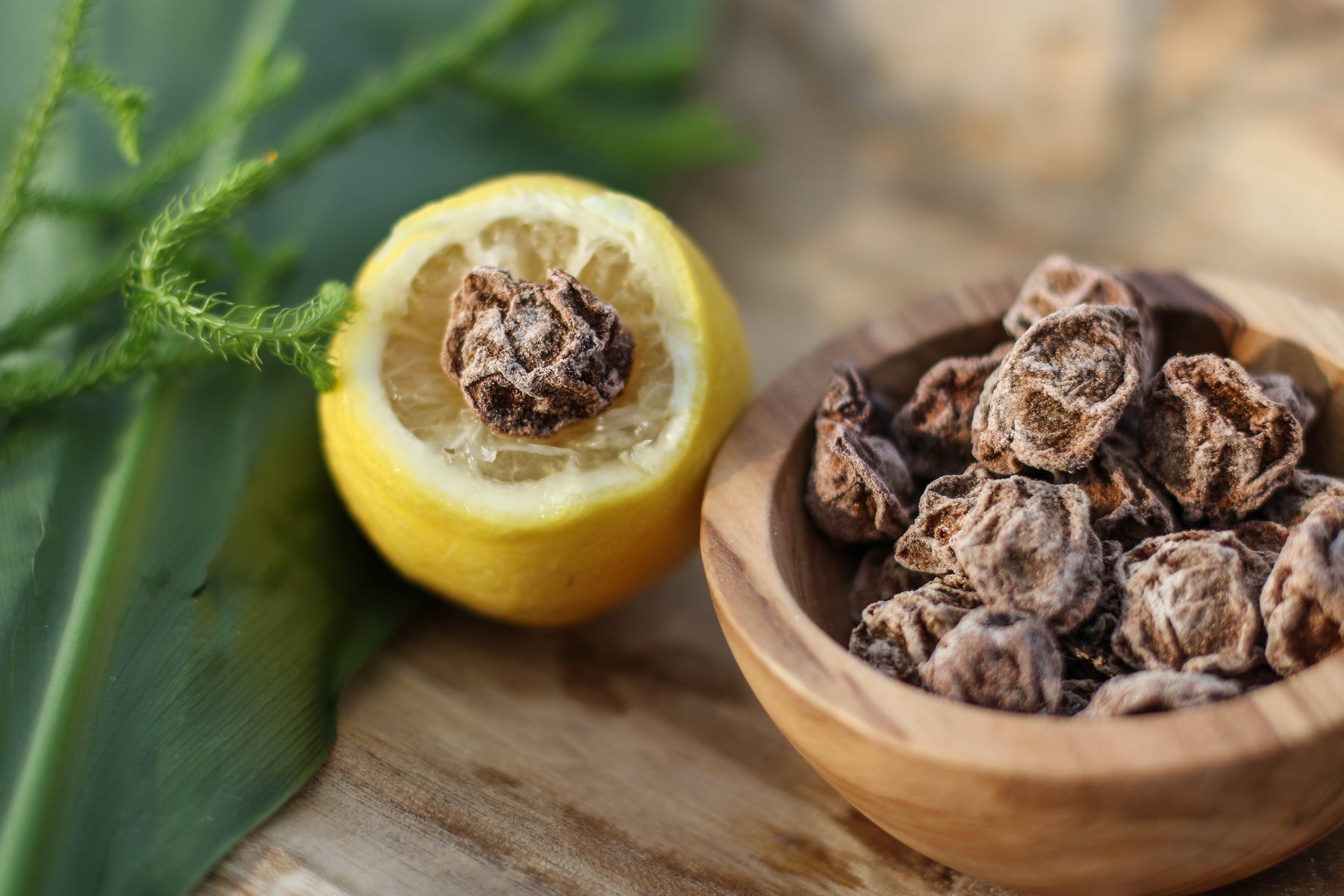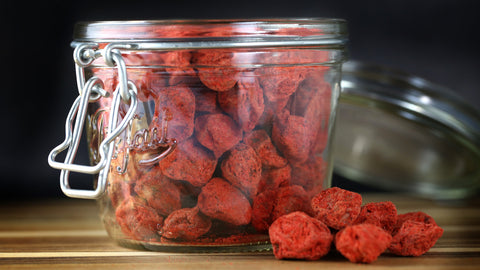
The History of Crack Seed in Hawaii
Hawaiian crack seed is more than just a snack; it's a beloved culinary tradition, an original "finger-licking good" treat that has truly obsessed our entire state. Just the mention of crack seed in Hawaii is enough to make mouths water and lips pucker! But beyond its irresistible taste, there's a rich story behind these unique preserved fruit snacks. So, what is crack seed exactly, and how did Hawaiians become so obsessed with these salty, tangy, and sweet dried fruits from Asia?

The captivating history of crack seed in Hawaii is deeply intertwined with the waves of early immigrants who arrived on the islands to work in the demanding pineapple and sugar plantations. Workers from China, Japan, the Philippines, and various other countries brought with them not just their dreams, but also their cherished culinary traditions and the foods of their homelands. As time went on, these traditional foods evolved, and over generations, recipes changed and adapted, leading to local favorites like manapua, sushi, and pansit – and of course, crack seed.
The Arrival of Li Hing Mui and the Birth of Crack Seed Culture
The most iconic ingredient in crack seed culture, Li Hing Mui, was notably introduced to the islands by Chinese immigrants from Zhongshan, China. The term Li Hing Mui (旅行梅) literally translates to "traveling plum," a fitting name given its practicality. Dried, preserved fruits were essential provisions for long journeys, such as the arduous trip across the Pacific Ocean these Chinese immigrants undertook to reach Hawaii. These preserved seeds not only offered a long shelf life but also helped to replenish salt lost through sweat during hard labor.
With such rich history and deep roots in Hawaii's multicultural heritage, it’s no wonder crack seed has become a quintessential Hawaiian snack and a staple across the islands.
What is Crack Seed? A Closer Look at This Unique Hawaiian Snack
At its core, crack seed is a variety of preserved, dried fruits—often originating from seeds or plums—that are distinctively flavored with a mix of salty, tangy, and sometimes sweet spices. The name "crack seed" itself refers to the traditional preparation method: the seed or pit of the fruit is intentionally cracked open, allowing the bold flavors of the marinade to infuse deeply into the fruit's flesh.
Originally introduced to Hawaii primarily by Chinese immigrants, crack seed is typically made by preserving fruit with a combination of salt, licorice, or sugar. This process creates a snack that is not only long-lasting but also bursting with a complex array of flavors. Over time, this unique and tasty treat quickly transformed from a cultural staple into a widespread local favorite throughout Hawaii.
The most popular variety, Li Hing Mui, is a prime example: a salted plum boasting a unique balance of sweet, salty, and sour flavors that famously makes mouths water and lips pucker. Today, you can find crack seed all over Hawaii, from bustling specialty stores to beloved local snack shops, enjoyed by locals and visitors alike for its unforgettable taste and nostalgic ties to Hawaii’s vibrant multicultural past.
The Rise of Commercial Crack Seed in Hawaii: Yick Lung's Legacy
The commercialization of crack seed in Hawaii is largely attributed to pioneering companies like Yick Lung. Yick Lung was among the first to transform Li Hing Mui into a profitable commercial enterprise. They began importing preserved fruit, also known as See Mui, in bulk from China in the early 1900s. To appeal specifically to local Hawaiian taste buds, they would expertly season these preserved plums with additional salt, licorice, and other spices, giving rise to popular new types of seed snacks such as rock salt plum, sweet sour plum, and various unique crack seed blends.
Today, the term "Crack Seed" is broadly used throughout Hawaii to refer to all types of preserved fruit snacks. However, it also denotes a specific variety: a preserved plum with its actual pit or seed cracked open and meticulously marinated in a delicious sweet and sour sauce. The traditional way to enjoy it involves sucking on the seed and savoring the surrounding meat while, delightfully, licking your sticky, flavorful fingers. Mmmmmm.
Other popular types of crack seed include Li hing flavored gummy bears, lemon peel, and seedless cherry. At first glance, dried, shriveled fruit might not seem universally appealing, but please don't let that deter you from trying some of Hawaii's favorite snacks. We promise you they taste even better than they look!




Comments
Leave a comment